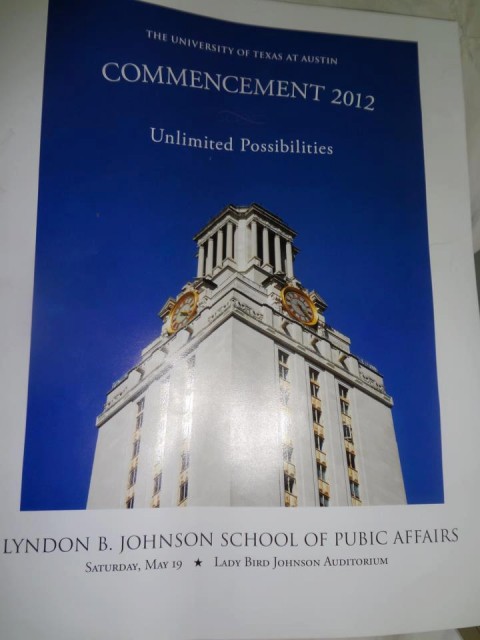Jacques Tati was the gentle poet of French cinema. His comedies, including the classics Mon Oncle and Mr. Hulot’s Holiday, are less about hilarity than what Roger Ebert calls “an amused affection for human nature.”
Tati’s six feature films coincide with the period of French history known as the trente glorieuses, the thirty “glorious” years of rapidly rising prosperity after World War II. As modern France grows up all around, Tati’s protagonists bumble along at an agrarian pace. Tati’s “out-of-synchness” is evident not only in the content, but in the form of his films. They are essentially silent films in an age of talking pictures. Sound and dialogue are secondary. Tati’s protagonists tend to mumble while communicating through mime.
Today we offer four rarely seen short films featuring Tati as a performer. Gai Dimanche (“Lively Sunday”), above, is the second of Tati’s surviving film performances. Directed by Jacques Berr in 1935, it features Tati and his friend Enrico Sprocani, a circus clown who went by the name of “Rhum,” as a pair of city tramps who hatch a scheme to spend an all-expenses-paid day in the country. The story was written by Tati and Sprocani, and was inspired by their own straightened economic circumstances. It’s a rough film, with just a hint of what was to come. “Gai Dimanche,” writes David Bellos in Jacques Tati: His Life and Art, “seems to have less to do with Tati’s métier as a mime, and more to do with the early development of the themes that he would later elaborate into films of real imaginative quality.”
Soigne ton Gauche (“Watch Your Left”), 1936:
Directed by René Clément, Soigne ton Gauche is a more polished film than Gai Dimanche. Drawing on Tati’s early music-hall work as a “sporting impressionist,” it tells the story of a dull-witted dreamer thrust into the role of a boxing champion’s sparring partner. “Though the mimed boxing match is the centrepiece of the movie’s plot,” writes Bellos, “all the interest of the work is in what is added to the comic fight–the pictorial and narrative surround, its fictionalized context, and especially the make-believe of the children and of the character of the unintentional sparring partner.”
L’École des Facteurs (“School for Postmen”), 1947:
Tati’s first film after World War II, L’École des Facteurs is also his first as director. Although the film is often dated 1947, the exact year of production is uncertain. According to Bellos, filming may have begun as early as 1945. Filmed near the southern village of Aix-en-Provence, L’École des Facteurs is in many ways a trial run for Tati’s first full-length feature, Jour de Fête (“Festival Day”). It tells the story of a rural postman’s clumsy efforts to join into the modern spirit of ever-increasing efficiency. “The vision we share through L’École des Facteurs is a satirical one,” writes Bellos: “through exaggeration and ridicule, it prompts a negative view of those things that Tati disliked–work, efficiency, hurry, organisation–and no less surely suggests that men in peaked caps are arrant fools.” The film is Tati’s first mature work. As Bellos writes:
There is not a visually dull moment in L’École des Facteurs, and its quality derives in large part from its extreme economy of means. But without the peculiar effect of Tati’s size, of his antiquated half-military uniform, and of his comic clumsinss so well-honed that it acquires a kind of grace, the film would not be anything very much. It was intended as a launch-vehicle for Tati as a new comic cinema personality. It is not a masterpiece; but it is a very promising start, far ahead of anything Tati had done before the war.
Cours du Soir (“Evening Classes”), 1967:
Where the other three short films we’ve presented make up a kind of prelude to Tati’s career, Cours du Soir seems more like a coda. The film was shot in 1966 by one of Tati’s assistants, Nicolas Ribowski, at “Tativille” the sprawling set of Playtime. Although Bellos calls it one of Tati’s “least exciting performances ever,” the film offers a rare glimpse of the master explaining the art of mime to a group of students. As always, Tati appears as a man out of step with his time.
The films mentioned above will be added to our meta collection of Free Movies Online.


